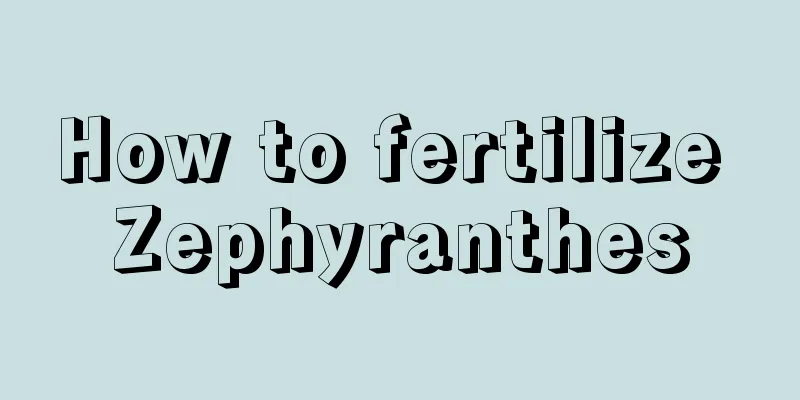The difference between the Overlord Whip and the Dragon Bone Column

1. Basic characteristics1. Overlord Whip. The Tyranthus radiata is a tree-like plant with a thick stem that generally has five ridges and spiral branches. It is a lighter green in color with black thorns. Its leaves are very pulpy and also light green in color. 2. Keel column. The keel column has many branches and is blue-green in color. It is generally four to five meters tall and has many small thorns on its edges, which are so short that they are sometimes difficult to notice. The flowering time of the dragon bone column is in summer. The flower color is white. It usually opens during the day and closes at night. Its small round berries are also blue-purple and they are edible! 2. Growth habits1. Overlord Whip. The Tyrannosaurus Rex likes an environment with plenty of sunlight and is particularly resistant to drought and high temperatures, but is more afraid of severe cold. Generally speaking, if the temperature is too low, its leaves will fall off. It grows best in fertile, loose and well-drained sandy soil and can grow to a height of 3 meters. Therefore, if you plant the giant whip in a pot, you must choose sandy loam with good water permeability, and the pot should also be a clay pot with relatively good air permeability. Broken tiles should be used as a drainage layer at the bottom of the pot. This will ensure good drainage and is particularly conducive to the growth of the giant whip. 2. Keel column. Dragon bone column likes dry loam and is relatively drought-resistant, but cannot tolerate severe cold. It must be kept indoors in the winter in the north. The environment in which the keel column grows must be well ventilated, otherwise it is particularly prone to diseases and pests. 3. Toxicity1. Overlord Whip. The whole plant of the Tyrannosaurus Rex contains white, highly poisonous latex, which can cause severe poisoning if accidentally consumed. If it splashes into the eyes, it will cause blindness. 2. Keel column. There are sharp thorns on the fleshy stems of the dragon bone column, and there is poisonous white latex on its outer stems. It should not be allowed to get into the eyes. During home breeding, care must be taken to prevent the elderly and children from being pricked, otherwise it will cause poisoning. Its juice is also poisonous. If the branches or leaves are broken, be careful not to touch the milky white juice that flows out, and never put it in your mouth, otherwise your mouth will become numb! Do you think the above introduction to the differences is comprehensive? Friends, you can continue to study what other differences there are between them! |
<<: Cultivation methods and precautions of red lilac
>>: Cultivation method of Mediterranean blue bell flower
Recommend
How to plant trumpet creeper to make it grow fast, how many years does it take to bloom
1. How to plant trumpet creeper and make it grow ...
How to grow delphinium
1. Watering It has a certain degree of drought re...
How to care for hydroponic calla lilies
Method of hydroponic cultivation of calla lily Di...
Is the red spider lily poisonous? Can I touch it? Is the red spider lily a poisonous plant?
1. Is it poisonous? The red spider lily is poison...
Can cherry tomatoes be grown in pots?
Can cherry tomatoes be planted in flower pots? Ch...
How to make avocados bloom? How to make avocado trees bloom quickly?
1. Increase lighting Avocado itself is a light-lo...
How to fertilize Croton
1. Fertilization after layering propagation Croto...
How to cultivate ice lantern jade dew
Farming methods Pot soil Ice Lantern Jade require...
Why does the hibiscus flower bud fall off?
Hibiscus has become a popular internet celebrity ...
How often should pine and cypress be watered?
How often should pine and cypress be watered? Pin...
The Flower Language and Events of Millettia reticulata
Millettia flowering Chicken blood vine usually bl...
Main types of daylily
1. Lily of the valley The main variety of Astraga...
How often should the grape fields be watered?
How often should grapes be watered? Grapes genera...
What is the matter with lucky bamboo infested with insects? What should I do if lucky bamboo infested with insects?
1. What happened? Its maintenance can be divided ...
Forsythia suspensa blooms in several years and enters the fruit-bearing period in several years
1. How many years does Forsythia suspensa bloom? ...









